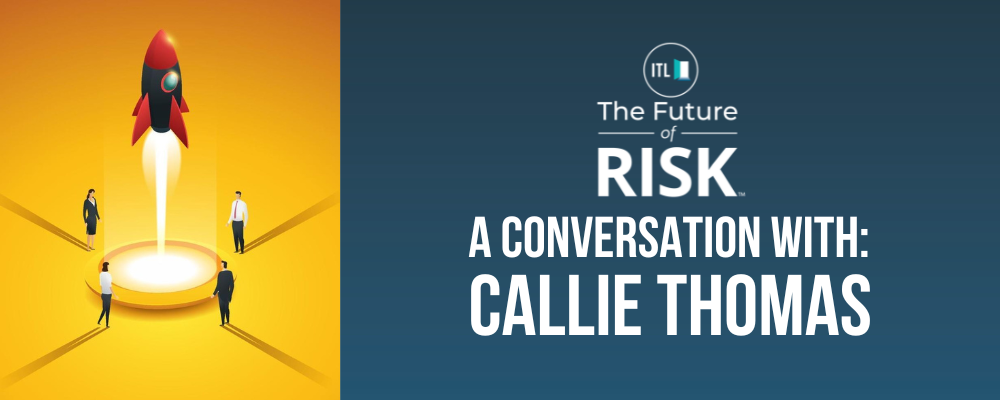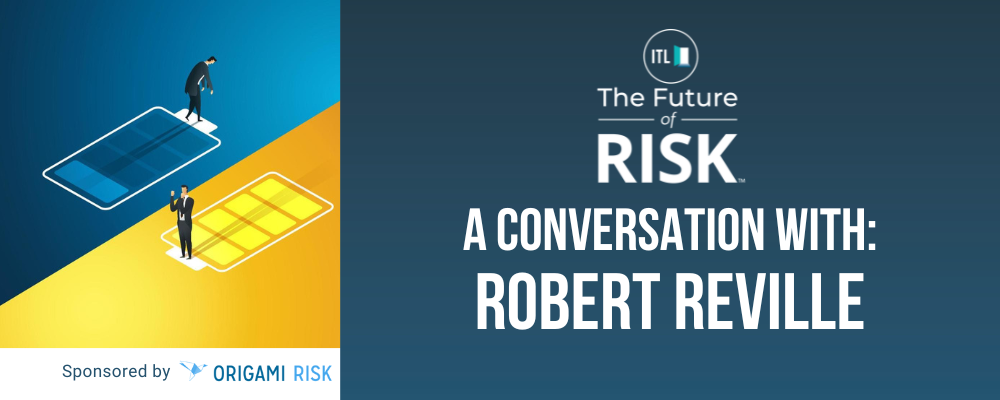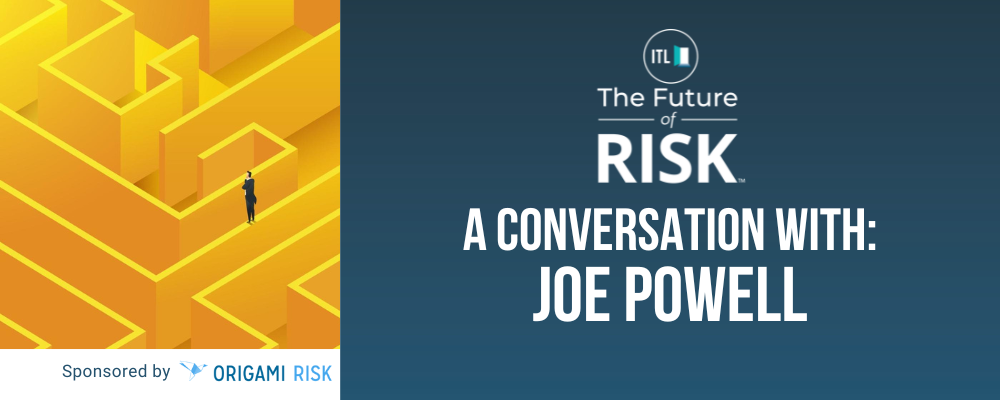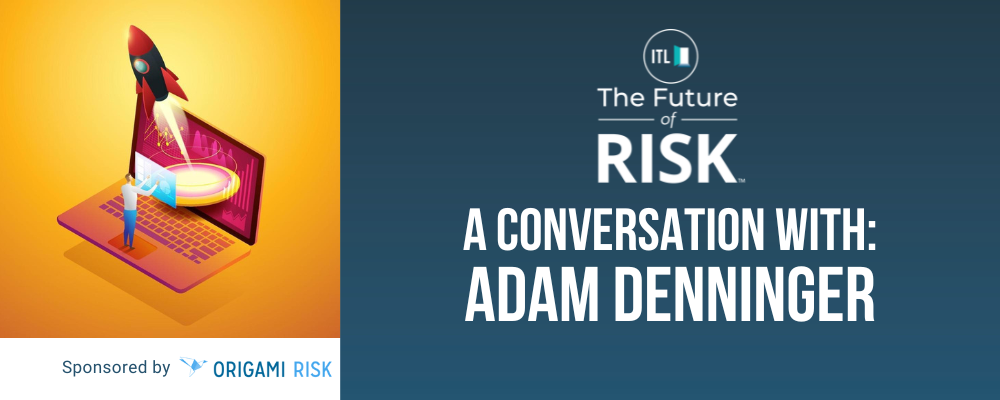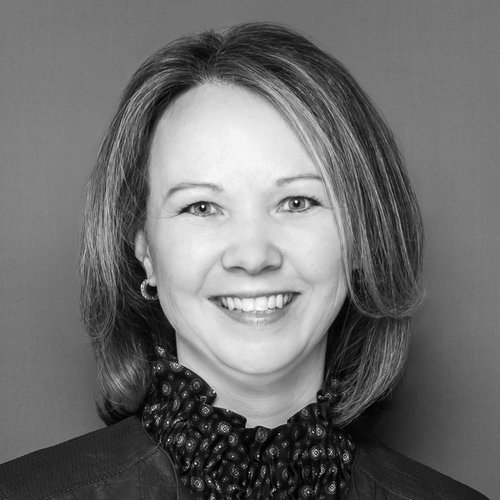 |
|
Paul Carroll
The inefficiencies in insurance have been a pet peeve of mine for a long time. You have a much deeper view of the issue than I do, so would you start us off by laying out why the inefficiencies in insurance persist?
Callie Thomas
If you’ve ever been an employee in a large corporation for an extended period, this may sound familiar. Large, transformational projects are always in the works, but they never really seem to end, and then a new version starts all over. Maybe there’s a change in leadership or a change in strategy. Either way, millions of dollars are spent.
You get asked for feedback on implementing a new software or process, but then you rarely hear anything more. Was my feedback useful? Did I help make things better? You never really know, and that can be disheartening
Large projects usually require multiple signoffs and coordination points. And the time it takes for decisions to be made can be lengthy. For an involved employee, this can be frustrating, especially if there isn’t a lot of transparency in the process.
It can all be so inefficient.
To me, the people are a company’s biggest asset. Imagine an environment where the entire team understood the vision, a feedback loop provided insight into decision-making and the team was kept up to date on the progress of the project and their contribution. It’s the secret sauce.
Paul Carroll
At Joyn, you focused on operational inefficiencies in service of the broker—all the back-and-forth with an underwriting submission and that sort of thing.
Callie Thomas
The organizational inefficiencies I just described are why we started Joyn. We’ve experienced all that inefficiency in our past and know there’s a better way. To get there, we, for instance, over the first few months of building the company, had the whole team go through the entire process, from submission coming in through to a policy being issued, to map all the handoffs and see where we could clean things up. We did this multiple times.
Joyn’s market focus is property and casualty commercial insurance, at the low end of the middle market and high end of the small market—we call it Smiddle—a risk size where an underwriter has to touch the account. The team decided that the broker shouldn’t have to call multiple times to ask, “Are you working on my submission?” So every single time, we get back to the broker with an email within 24 hours saying, “Yes, we got it.” Something very simple, but the broker has peace of mind knowing the submission didn’t go into the black hole.
The other thing along the lines of efficiency is, if a submission doesn’t fit the appetite, we say so right away.
Those two changes help simplify the processes while also making brokers more efficient.
Paul Carroll
I love the idea of saying no quickly. I vividly remember running the editing operation at the Wall Street Journal/Europe way back when and having the editor-in-chief chastise me for having a couple of editors spend a bunch of time trying to write an interesting headline on a front-page story we all agreed was boring. “If it’s a boring story, write a boring headline,” he said. “You’ll do readers a favor by letting them know they can skip that one and get on with their day.”
How do you measure success as you chase these inefficiencies?
Callie Thomas
The primary one is based on the idea of 10 times improvement over what is standard in our industry. Our main focus is premium per underwriter.
According to canvassing we’ve done, the average middle market underwriter handles $2 million to $3 million in premium per year. Now imagine a world where an underwriter can handle $20 million of premium per year. Today, we're closer to the beginning of the journey than to the end, but we’re moving down the path.
We’re also focused on response time in every aspect of the value chain. We are working toward what the new metrics should be.
What is the premium per employee? After all, lots of employees are required to support the company, not just the underwriters.
How do you keep your expenses at a rational level?
Paul Carroll
What are some of the big issues you have to tackle to get to that 10X on expenses or premium per underwriter or some of the other things?
Callie Thomas
That’s a great question. There are a few things.
The team is in year four of building the business, and you always want to be able to reevaluate the strategy or how you built your software, so iteration is critical. The technology team talks to the business on a regular basis. They don't live separately. They form a feedback loop.
We’ll shadow the underwriter as they perform their role and compare the results to look for opportunities to improve the process and standardize it. Each time, the process is fruitful, with the team saying, “That’s a great idea,” or “That's not what we imagined.”
We wanted to build a process where everything is codified. The rules are being applied consistently. The flags in the underwriting process are being applied similarly. We want the underwriter to be able to make all their decisions based on the information that’s being surfaced to them, rather than make the underwriter go off and search or open up a side sheet.
The feedback loop will continue to evolve, and I believe that it should be a never-ending cycle.
Paul Carroll
In terms of your goals, are there one or two you could cite where you are further along?
Callie Thomas
During our first full year of underwriting, we were at about $1.5 million of premium per underwriter, and year two, we were closer to $3 million. Year three is already showing improvement so we think we’re at or slightly ahead of the industry.
In year one, it took about two days for a submission to get an underwriter. Now the team is down to one day. That doesn’t mean it gets quoted in one day, but it does mean that when the underwriter first touches the submission it’s fully ready for review—submissions clearly out-of-appetite have been declined, and what the underwriter sees is a rated submission with third-party data appended and underwriting flags noted.
Paul Carroll
That sounds like great progress. Any final thoughts?
Callie Thomas
I’m hoping that all of our peer companies are taking a similar focus on operating expenses, because costs in our industry keep going up, and people are being affected. If we all become more efficient, it could be one lever in lowering the price of insurance.
Paul Carroll
That's sort of where I came in when I got involved with the insurance industry a decade-plus ago. When I hear people complain about the protection gap, I think, “Okay, we’re returning maybe 60 cents on the dollar to policyholders via claims. That means they’re paying 40 cents on every dollar for peace of mind. What if the industry became so efficient that customers only had to pay 35 cents on every premium dollar for peace of mind? Or even 30 cents? Wouldn’t more people buy insurance?”
I’m hoping people will get religion on the issue because of all the pressure on combined ratios, especially in home and auto.
Callie Thomas
Absolutely.
I’ve always bought into the thought that capturing and structuring every bit of data will eventually power future decisions. That accumulated data can not only affect pricing, but perhaps you can even find a way to share it in a line of business like workers’ comp. Imagine if by sharing data and trends you could help an insured understand what their experience mod is and how they can lower their insurance costs.
I know we’re all protective of how we price insurance. But wouldn’t it be helpful in the long run for the public to understand how the world goes around, so they can make better choices?
Paul Carroll
I think that's a really powerful line of thought. As you know from being on the ITL advisory board, we’re pushing a new model for insurers: Predict & Prevent. And we’re seeing some movement. Some companies don’t just say, “Here is what your premium will be.” The real payoff comes when the insurer says, “Here is what you can do in terms of landscaping or the shingles on your roof or something else to lower your premiums by X%.”
Callie Thomas
At Joyn, that's actually one of the other things we decided to do. Any time there is an inspection on a risk, the final report is shared with the insured and broker, because that is only going to help them. We think this is a better approach compared with, “Oh, no, this is just for our underwriting file.”
Paul Carroll
That's great. I wish more people thought like you and your colleagues at Joyn. Thanks for taking the time.


